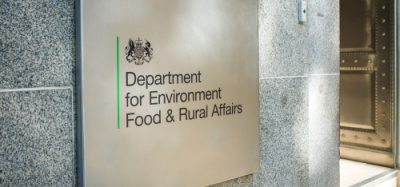FDA issues final guidance for inorganic arsenic in infant rice cereals
- Like
- Digg
- Del
- Tumblr
- VKontakte
- Buffer
- Love This
- Odnoklassniki
- Meneame
- Blogger
- Amazon
- Yahoo Mail
- Gmail
- AOL
- Newsvine
- HackerNews
- Evernote
- MySpace
- Mail.ru
- Viadeo
- Line
- Comments
- Yummly
- SMS
- Viber
- Telegram
- Subscribe
- Skype
- Facebook Messenger
- Kakao
- LiveJournal
- Yammer
- Edgar
- Fintel
- Mix
- Instapaper
- Copy Link
Posted: 5 August 2020 | Sam Mehmet (New Food) | No comments yet
The guidance aims to protect public health by reducing infants’ dietary exposure to inorganic arsenic.


The US Food and Drug Administration (FDA) has issued guidance which finalises the 2016 draft guidance for inorganic arsenic in infant rice cereals and identifies the agency’s intended sampling and enforcement approach.
The guidance, which is considered achievable by industry, identifies an action level of 100 micrograms per kilogram (µg/kg) or 100 parts per billion (ppb) which aims to protect public health by reducing infants’ dietary exposure to inorganic arsenic. The FDA noted that it is taking this action because exposure to inorganic arsenic is associated with neurodevelopmental effects.
FDA testing of infant rice cereals over the last decade has suggested that manufacturers are already making “significant progress” in reaching this action level through good manufacturing practices, such as selective sourcing and testing of rice and rice-derived ingredients to ensure lower levels of inorganic arsenic.
Results from sampling in 2018 showed that 76 percent of samples were at or below the 100 ppb level, compared to 47 percent of samples tested in 2014 and 36 percent of samples tested between 2011-2013. Both white rice and brown rice cereals showed improvement in meeting the 100 ppb level, the FDA highlighted, but the improvement was greatest for white rice cereals, which tend to have lower levels of inorganic arsenic overall.
This FDA announcement is said to be part of a broader effort, led by the Toxic Elements Working Group, to identify, target, and prioritise FDA efforts to reduce exposure to toxic elements from food. The agency stated it will continue to monitor research developments on adverse health effects to determine if new data support changes to the action level.









